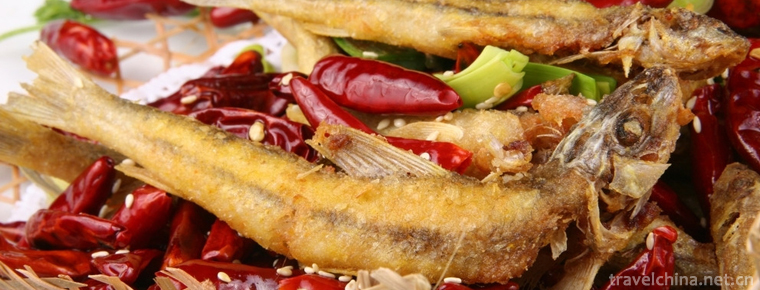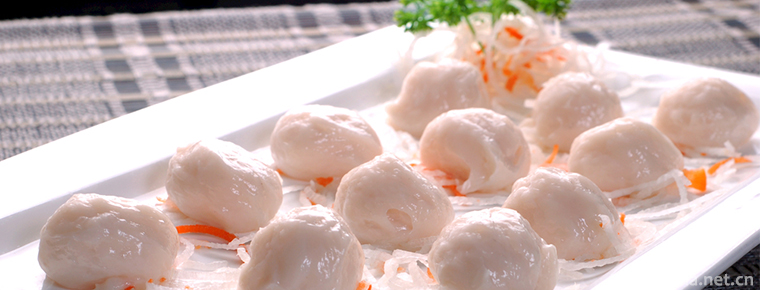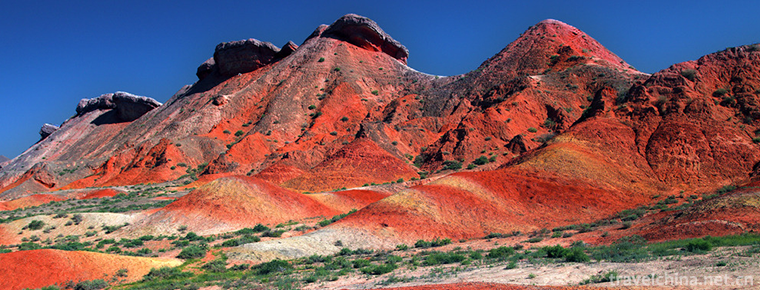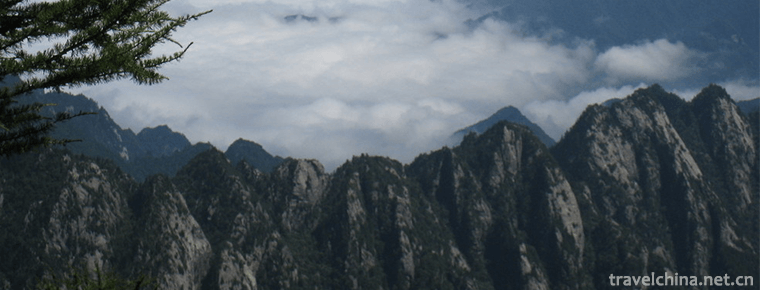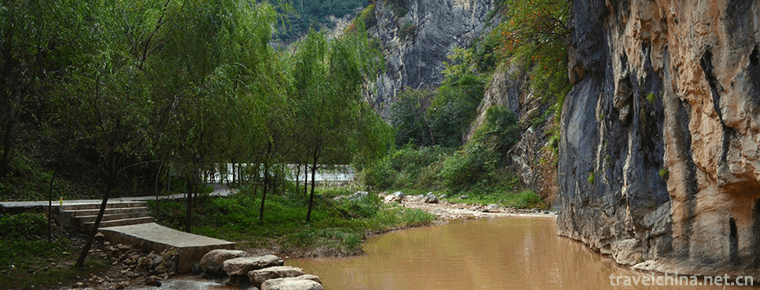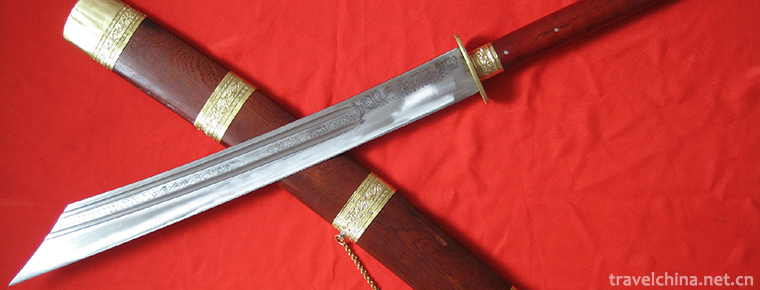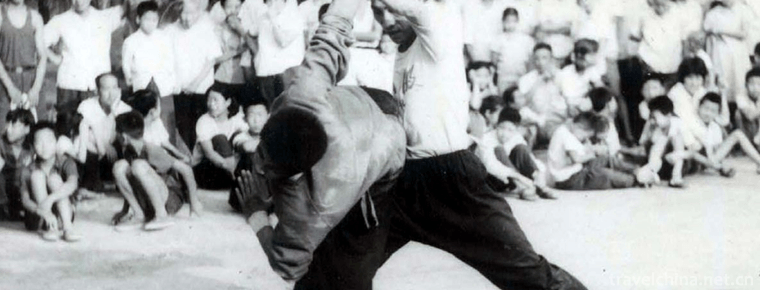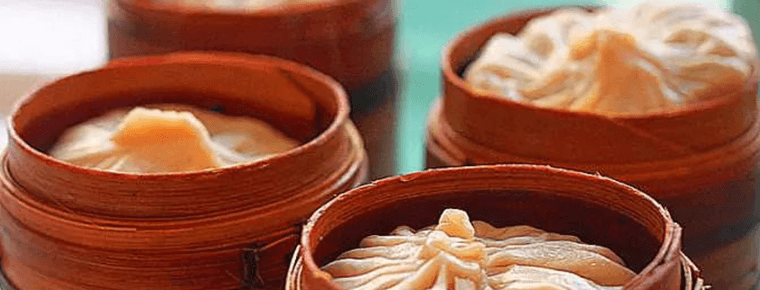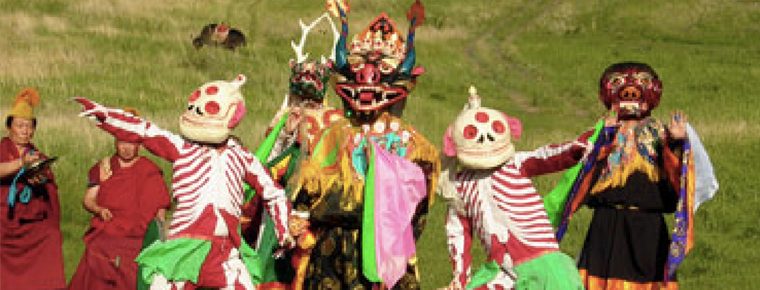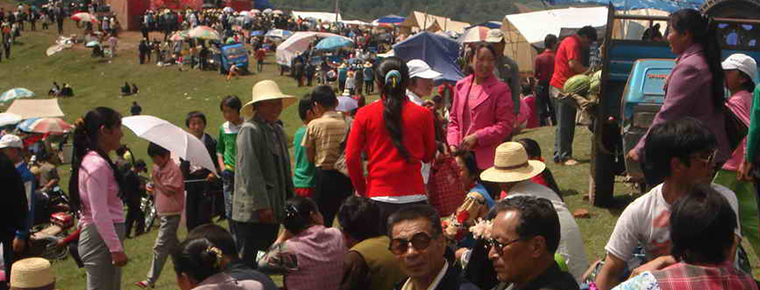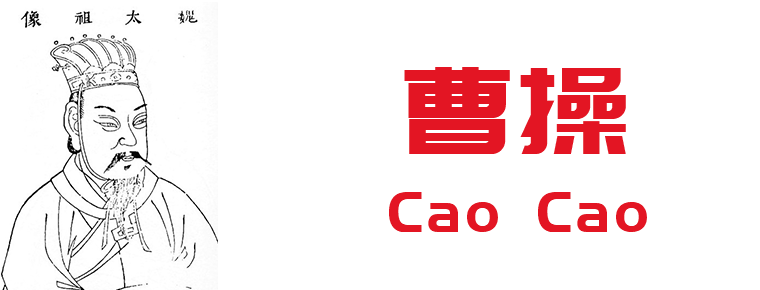Running curtain
Running curtain
Running curtain originated in the Spring and Autumn Period and Warring States Period, formed in the Qin and Han Dynasties, flourished in the Song, Yuan, Ming, Qing Dynasty and the early Republic of China. It is a kind of traditional Chinese folk dance derived from ancient wars. It has a long history, simple formations, varied and profound implications. It contains the concept of "retribution for cause and effect", and reveals the characteristics of changes in celestial phenomena and solar terms. Running curtain is also called curtain among the Chinese people. It has the cultural form of the bottom, the folk and the edge. It covers a large area of northern Henan and southern Hebei. It has always been loved by the masses. It has become an influential and penetrating form of traditional Chinese literary and artistic performances in northern Henan. It has typical characteristics of traditional folk culture and art.
On June 7, 2008, the running curtain was listed in the second batch of national intangible cultural heritage list by the State Council.
symbolic meaning
As a traditional folk culture, the curtain has 24 poles, which symbolizes 24 solar terms a year. Twelve pictures on each curtain symbolize the twelve generic phases of heaven and earth, and 144 embroidery balls on the curtain symbolize the cosmic stars. Another two sides are embroidered with the colorful flags of the Taiji map and the sun, moon and auspicious clouds, called "Caizi", which symbolizes the harmony of yin and Yang between heaven and earth, and the meteorology of all living things.
The young men who hold the lottery are called "lottery heads". In addition, it is equipped with 18 prestigious gongs and drums, trumpets, three-eye guns and so on. When the gong and drum sounded, the horse trumpet blew, and the 24-bar colorful curtain was divided into two teams. Under the guidance of the two colored heads, they walked back and forth in the rhythm of gongs and drums, running like a gallop, looking like a galloping horse in the distance and looking like a mighty battalion in the near future. Whenever a race is over, the gunner fires the gun at once. If the lights are put in the curtain, the evening performance will be very attractive. Dressed in colorful clothes, the young men hold the curtain in their hands, tiger and tiger breeze, two groups of curtain lights pass under the night sky, like fire clouds changing, Jinlong dancing, the scene is very spectacular. Running the curtain is based on the ideal of national peace and peace, and the hope of the people for smooth weather, prosperous grain and prosperous industry.
Historical Evolution
Southern Hebei has a long history of curtain dance. According to the ancient Cizhou Chronicle, "curtain dance is widely spread in southern Hebei, with the Nandayu Village curtain as the most important." Every year, I go to the States and counties to participate in the Spring Festival Flower Festival performance. Legend has it that during the reign of Qianlong in the Qing Dynasty, Nandayu curtain, in a curtain dance in front of the prefecture, ran out of the "Tianyipin" glyph, which was awarded by the state officials. The content of the performance changes with the changes of society and times. The traditional curtain dance begins with the "left and right eye taijitu", such as "one word long river", "Shuanglong outflow", "Xiaotang Wang disorderly point three armies", "four horses in one hall", "five queens and first place", "world peace" and other routines, which are still popular today. On this basis, we continue to push forward the old and bring forth the new. We have created such zigzags as "Dagan Four Modernizations", "Jiuzhou Reunion", "Three Representatives" and "Keeping up with the Times". Every year, we have turned out new patterns to perfect the combination of this ancient traditional folk Flower Festival art form and the spirit of the times, and constantly glow with a new style.
Relevant Legends
Tangyin County "Running Curtain" was born in Gulonghua Society, 15 miles east of the county, with vivid historical legends. It originated in the Spring and Autumn Period and Warring States Period, took shape in Qin and Han Dynasty, flourished in the Song, Yuan, Ming, Qing and early Republic of China. It is a traditional folk art of square derived from ancient wars. It has a long history, simple position, varied and profound implications, implying the concept of "retribution for cause and effect", and revealing the characteristics of changes in celestial phenomena and solar terms. In the folk, "Running Curtain" is also called "Curtain Dance". It has the cultural form of the bottom, the folk and the edge. It covers a large area of northern Henan and southern Hebei. It has always been loved by the broad masses of the people, and has become a traditional form of literary and artistic performances with strong influence and penetration in Northern Henan. It has typical characteristics of folk culture and art.
Stylistic features
Artistic Characteristics
"Running curtain" combines the formation of ancient warfare scene, has its own unique dance steps, formation, props, music. The performance is composed of 48 trunks (or 72 people) and more than 180 assistants, totaling more than 200 people. It is a large square traditional dance performed collectively, and the scene is very spectacular.
Traditional Meaning
"Running curtain" has a profound traditional cultural meaning, each team of 24 people for a "Peng". This refers to the portal made of Pengcao, and the "curtain dance" contains the basic units of the ancient army. Each one 24, 3 and 72 constitute a "curtain dance" group, 72 at the same time coincide with the times.
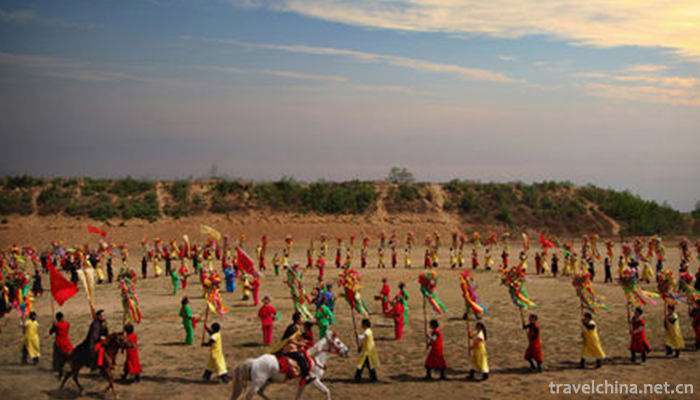
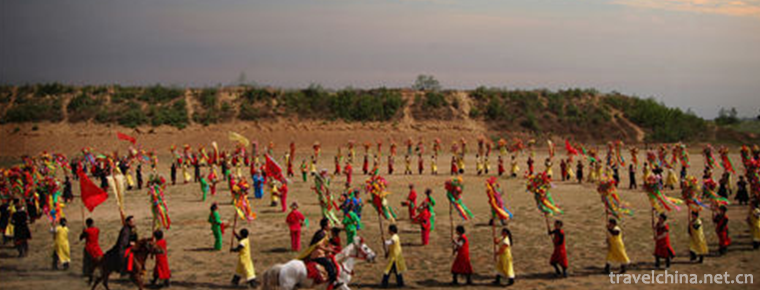
Running curtain
-
Dali arched fish
Dali aToxoplasmus dali, commonly known as fine-scaled fish
Views: 266 Time 2018-10-17 -
Fish Ball
Fish balls, also known as "fish wrapped meat", are mixed up with eel, shark or freshwater fish, mixed with sweet potato starch (* starch), and then wrapped
Views: 286 Time 2018-11-02 -
Mount Danxia Scenic Area
Danxia Mountain Scenic Area is located in Renhua County, northeast of Shaoguan, Guangdong Province. Danxia Mountain is composed of red sandy scintillate rocks and characterized by red cliffs. Geologis
Views: 178 Time 2018-12-12 -
Taibai Mountain National Forest Park
Taibai Mountain, National AAAAA Tourist Scenic Area, National Forest Park, National Water Conservancy Scenic Area, Ten National Sports Tourism Scenic Spots, Ten Best Holiday Areas of "Beautiful C
Views: 208 Time 2018-12-12 -
Xigaosong Scenic Spot
Xiqiaosong Scenic Area is located at the foot of Tianjing Mountain, 13 kilometers west of Chengxian County, in the middle of Yuqiaoxia, a national AAAA-level tourist attraction
Views: 208 Time 2019-02-25 -
The Forging Skill of Achang Husha Knife
Achang household knife forging technology, Yunnan Dehong Dai Jingpo Autonomous Prefecture Longchuan County household Sa Township traditional handicraft, one of the national intangible cultural heritag
Views: 270 Time 2019-03-28 -
Eight polar boxing
Bajiquan is a kind of boxing in Chinese Wushu. The word "eight poles" of this boxing method originated from the concept of Palaeogeography and originated from the Han Dynasty
Views: 245 Time 2019-04-02 -
tea and pastries making skills
Tea making skills, Yangzhou City, Jiangsu Province, local traditional handicraft, one of the national intangible cultural heritage.
Views: 180 Time 2019-04-15 -
Jamal
In June 2008, Chamane declared by Alxa League of Mongolian Autonomous Region was listed in the second batch of national intangible cultural heritage list with the approval of the State Council.
Views: 163 Time 2019-04-15 -
Flower Huaer
"Huaer" is a folk song created and shared by Han, Hui, Tibetan, Dongxiang, Baoan, Sarah, Tu, Yugu and Mongolian nationalities in Gansu, Qinghai and Ningxia provinces in Northwest China.
Views: 141 Time 2019-05-04 -
Cao Cao
Wei Wu Di Cao Cao (155 years - 220 March 15th), the name is Geely, the word Meng De, nicknamed hide. Prefectural governor of Yuzhou Qiao (today) Anhui Bozhou Person . Eastern Han Dynasty Outstanding i
Views: 398 Time 2019-09-07 -
Huaibei Normal University
Huaibei Normal University, or Huaibei Normal University, is a multi discipline. Provincial Key Universities Selected Infrastructure construction of universities in the central and Western Regions (pha
Views: 244 Time 2019-11-15
